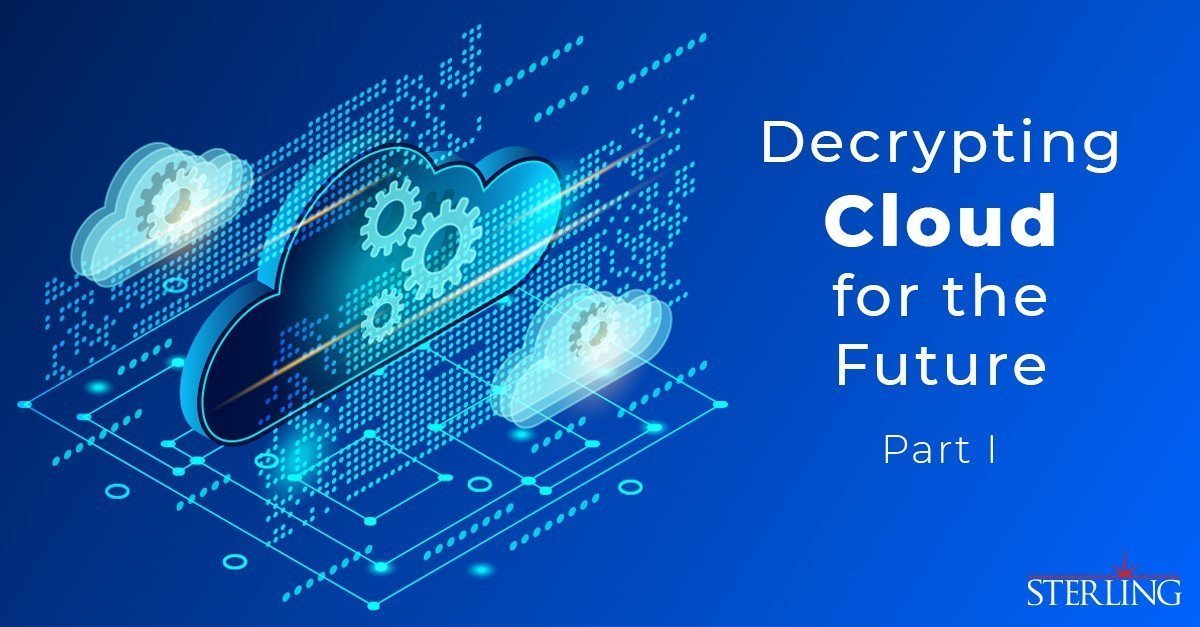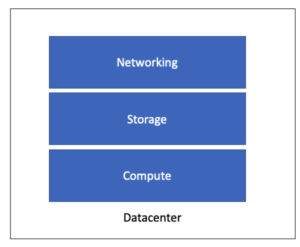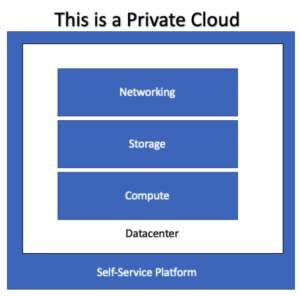By Nathan Bennett
Cloud Practice Lead
In this three-part future-feature journey, we’ll look at the connections between “cloud,” “multi-cloud,” and even more nebulous terms, like “super-cloud.” We’ll start at the basics, talk first about what is meant by “cloud,” and then build on that inquiry so we can better understand the new terms and determine whether they are ‘new’ at all.
We’re bombarded in IT with different uses for the word “cloud” — from “private cloud” to “public cloud” to “multi-cloud” and more. Let’s try to shed some light on these cloudy terms. Our cloud journey may sound far away in the future, but the future may become more present to us as it starts to look like our past.
Let’s Talk About “Cloud”
Though difficult to understand in many contexts, “cloud” is here to stay. Normally, customers refer to their own data centers as “private cloud” and then to the larger “cloud” companies’ data centers as “public clouds.” Then, there are job titles like “Cloud Platform Engineer” and “Cloud Architect,” which refer less to locations and more to operations.
To understand “cloud,” let’s also talk about “data center,” taking it to mean a place for networking, storage, and compute.
The first hot-take I’ll throw in here is that simple network + storage + compute does not a cloud make.
Cloud has two essential components: self-service and platforms. This is evident when we think about the different cloud business-models, such as infrastructure-as-a-service (IaaS); platform-as-a-service (PaaS); software-as-a-service (SaaS); and function-as-a-service, commonly termed “serverless” (FaaS). What each has is a platform through which you can access for yourself — or, ‘self-service’ — the function that the platform conveys. IaaS allows you to self-service infrastructure through that platform (or, graphical user interface [GUI]), and the same goes for PaaS, SaaS, and FaaS. They all allow you to self-service what you need on the platform provided. This does not work on simple network + storage + compute. For a datacenter to become a “cloud,” it must have a platform for self-service allowing the raw components to be accessed and utilized.
“Cloud” is also defined by the context in which the word is used. So, when we use the terms “private cloud” or “public cloud,” we are indicating who is in control of the self-service platform. “Private” would mean you are in control, and “public” would mean they are. A phrase like “We’re going to the cloud” would indicate moving to a public-cloud model. “We’re going to the cloud” is a figure of speech, of course. You’re not going anywhere. You’re just changing the model by which you consume and provision resources.
“Cloud services” is another term floating around. It’s more easily understood because it speaks to a specific solution consumed on a “cloud” and utilized by the customer. We’ll delve more into that as we get into “multi-cloud,” in Part Two of this blog.



